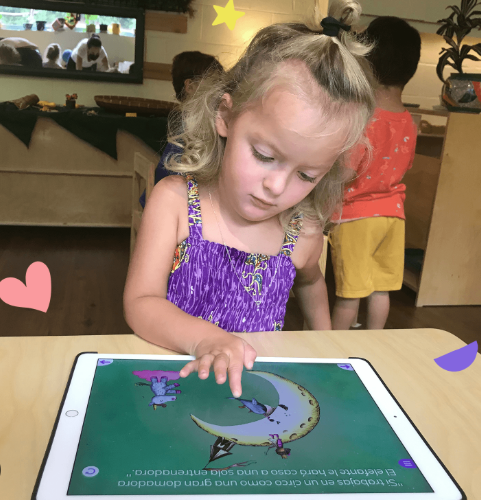Repetition is one of the most effective techniques for mastering a new language. While it may seem simple, regularly reviewing and revisiting vocabulary, phrases, and grammar rules helps transfer knowledge from short-term to long-term memory. When used intentionally, repetition strengthens recall, boosts confidence, and builds fluency.
Why Repetition Works
Repetition activates the brain’s natural ability to recognize patterns and retain information. By encountering the same words or sentence structures multiple times, learners become more comfortable using them in real-life situations. This process not only reinforces what you’ve learned but also deepens understanding through context.
Types of Repetition in Language Learning
- Spaced Repetition
Spaced repetition spreads review sessions out over time, just before the brain is likely to forget. Tools like Anki and Quizlet use this method to help learners retain vocabulary more effectively. - Shadowing and Repetition Drills
Repeating phrases aloud after hearing them—known as shadowing—improves pronunciation, rhythm, and listening comprehension. Repetition drills also help internalize common sentence patterns. - Daily Practice
Engaging with the language every day, even for a few minutes, builds consistency. Whether it’s listening to the same podcast episode or rereading a passage, repeated exposure accelerates mastery. - Writing and Speaking Practice
Reusing vocabulary and sentence structures in writing and speaking tasks strengthens memory and builds versatility in how the language is used.
How to Use Repetition Effectively
- Mix Old and New Content: Review previously learned material alongside new lessons to reinforce knowledge and create connections.
- Repeat in Different Contexts: Use the same vocabulary in writing, conversation, and reading to understand it from various angles.
- Track Your Progress: Keep a log of repeated words and phrases to monitor growth and pinpoint areas that need more attention.
Conclusion
Repetition isn’t just about memorization—it’s about making the language feel familiar and usable. By revisiting key concepts regularly and practicing them in diverse ways, learners can improve retention and develop stronger language skills. With consistent, varied repetition, fluency becomes more than a goal—it becomes a natural outcome of daily learning.














